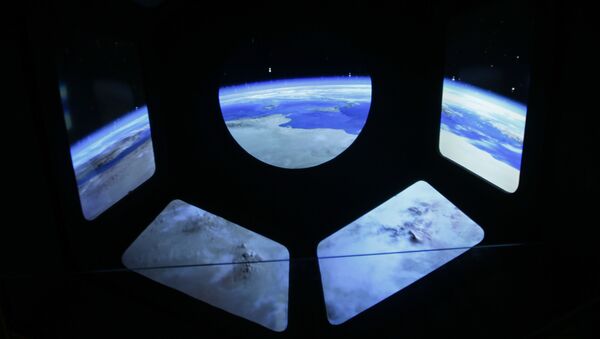A NASA engineer has come up with a concept of an engine that he says could allow a spacecraft to reach the speed of light. All spacecraft now use propulsion engines – propellant is ejected in one direction, which allows the rocket to travel in the other. David Burns’s concept is fuel-less and exploits how mass can alter during relativistic speeds. Don’t close the article. We will give a simpler explanation, in layman's terms.
Imagine a box with a ring inside that is threaded through a spring. If the ring in the box is pushed in one direction, the box recoils in the other, when the ring reaches the end of the box it will bounce in the opposite direction and the box’s recoil will switch too. At relativistic speeds – speeds comparable to the speed of light – the object’s mass can alter, thus when the ring’s mass will be bigger, when it heads to one direction, if the spacecraft is going upward, it will produce a greater push. Burns’s concept of course doesn’t feature a box with a string inside and centres around the acceleration of particles.
"The engine accelerates ions confined in a loop to moderate relativistic speeds, and then varies their velocity to make slight changes to their mass. The engine then moves ions back and forth along the direction of travel to produce thrust".
In an interview with New Scientist, Burns said his engine is capable of getting up to 99 percent of the speed of light, but some experts say that Burns’s helical engine may breach Newton’s third law of motion – that an action has an equal and opposite reaction.
Incidentally, the concept of fuel-less proposals is not new. In 1970, American Robert Cook came up with an engine that converted centrifugal force into linear motion. British scientist Roger Shawyer later proposed an EM drive that supposedly converted microwaves into thrust. Both concepts failed during experiments.
David Burns admits that his concept is unproven and has not been reviewed by experts. "You have to be prepared to be embarrassed. It is very difficult to invent something that is new under the sun and actually works”, the scientist said.

